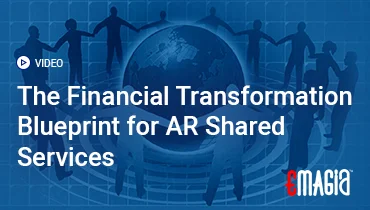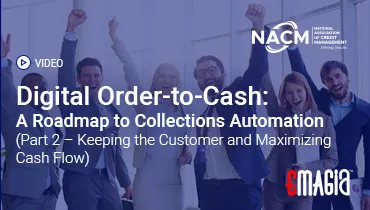In the realm of electronic payments, terms like “eCheck” and “ACH” are often used interchangeably. However, while they share similarities, they are not identical. This comprehensive guide delves into the nuances between eChecks and ACH payments, exploring their definitions, processes, differences, and applications.
Understanding eChecks and ACH Payments
What is an eCheck?
An eCheck, or electronic check, is a digital version of a traditional paper check. It allows funds to be transferred electronically from the payer’s checking account to the payee’s account using the Automated Clearing House (ACH) network. The process involves the payer authorizing the transaction, after which the payment is processed through the ACH system.
What is an ACH Payment?
ACH stands for Automated Clearing House, a network that facilitates electronic payments and money transfers between banks in the United States. ACH payments encompass a wide range of transactions, including direct deposits, bill payments, and business-to-business transfers. These transactions are processed in batches, typically settling within one to three business days.
Key Differences Between eChecks and ACH Payments
While both eChecks and ACH payments utilize the ACH network, there are distinct differences between the two:
1. Initiation Process
- eChecks: Initiated by the payer, often requiring authorization through an online form or signed agreement.
- ACH Payments: Can be initiated by either the payer or the payee, depending on the transaction type.
2. Transaction Frequency
- eChecks: Typically used for one-time payments.
- ACH Payments: Commonly used for recurring transactions, such as payroll or subscription services.
3. Processing Time
- eChecks: May take up to five business days to process, due to additional verification steps.
- ACH Payments: Generally processed within one to three business days.
4. Cost
- eChecks: Fees can range from $0.20 to $1.50 per transaction.
- ACH Payments: Often lower in cost, with fees ranging from 0.5% to 1.5% per transaction for businesses.
5. Use Cases
- eChecks: Suitable for individual payments, such as rent or utility bills.
- ACH Payments: Ideal for businesses handling bulk or recurring transactions.
How Emagia Enhances Payment Processing
Emagia offers advanced digital payment solutions that streamline the management of both eCheck and ACH transactions. By integrating Emagia’s platform, businesses can:
- Automate Payment Workflows: Reduce manual intervention by automating payment initiation and reconciliation processes.
- Enhance Security: Utilize robust security protocols to protect sensitive financial data.
- Improve Cash Flow Management: Gain real-time insights into payment statuses, aiding in better financial planning.
- Ensure Compliance: Stay aligned with regulatory standards governing electronic payments.
Emagia’s solutions are designed to optimize the efficiency and reliability of electronic payment processing, catering to the diverse needs of modern businesses.
Frequently Asked Questions
What is the primary difference between an eCheck and an ACH payment?
While both use the ACH network, eChecks are typically one-time payments initiated by the payer, whereas ACH payments can be recurring and may be initiated by either party.
Are eChecks more secure than traditional paper checks?
Yes, eChecks offer enhanced security features, including encryption and digital authentication, reducing the risk of fraud compared to paper checks.
Can businesses use eChecks for recurring payments?
While eChecks are generally used for one-time transactions, some systems allow for recurring eCheck payments with proper authorization.
How long does it take for an eCheck to clear?
eChecks may take up to five business days to process, depending on the verification and processing times of the involved banks.
Are there fees associated with ACH payments?
Yes, businesses may incur fees for ACH transactions, typically ranging from 0.5% to 1.5% per transaction, though this can vary based on the payment processor.
By understanding the distinctions between eChecks and ACH payments, businesses and individuals can make informed decisions about their electronic payment strategies, ensuring efficiency, security, and compliance in their financial transactions.



